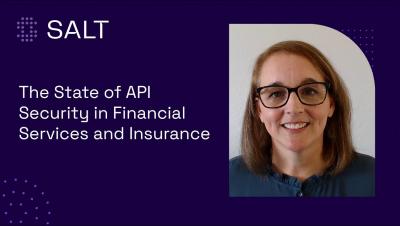Shift Left is Only Part of Secure Software Delivery in Financial Services
The way we manage our money has changed dramatically. In little more than a decade, we’ve gone from branch-led services to feature-rich apps offering 24/7 access to our money. Open Banking is driving product innovation, fintechs are setting a new benchmark for customer-centric experiences, and AI is taking personalization to a new level. Financial services have never been so accessible and convenient.











